A computer is nothing without the components or parts inside of it. Many users are taking advantage of what these powerful machines offer, yet have no idea what components make them tick. Bear in mind that a computer contains several mechanical, electric, and electronic components are known as hardware.
Do you know what these hardware components are? If not, continue reading and explain everything you need to know well. But first, let us explain what a computer is before moving forward to the good stuff. Now, bear in mind this won’t be a long article since the information here is pretty simple, but many computer users have no idea.
What is a computer?
A computer is merely an electronic device that operates under the control of commands stored in its own memory. The instructions here can accept data and then process that data according to specific rules. It can also produce results and store them for future reference.
Bear in mind that a computer is not only a machine powered by Windows OS, but also Linux, macOS, Android, and other operating systems designed only for industrial use. Even modern cars rely heavily on computers to perform.
Components of a Computer system
The 5 main components of a Computer system are:
- Input
- Output
- Processing Unit
- Storage
- Communications.
Let us take a look at them.
1] Input
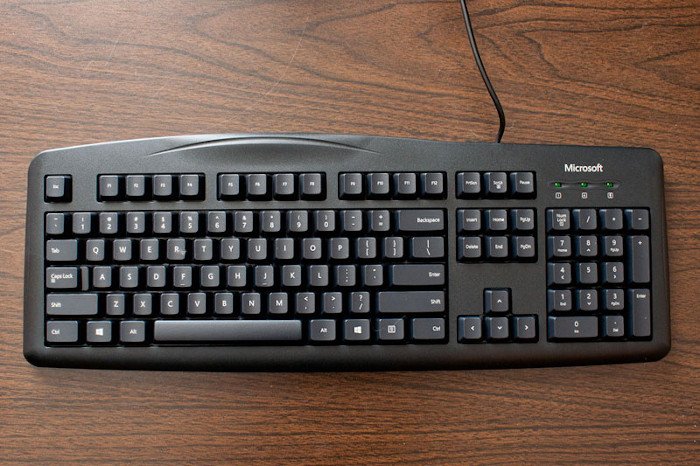
The input allows the user to enter information and commands into a computer. A scanner, keyboard, touchscreen, and mouse are the perfect examples of an input device. Interestingly enough, mics have become quite important for inputting data.
Today, it’s possible to add text in Microsoft Word without ever using a keyboard. Just activate Office Dictation, then speak into your mic to input the data. We can say for certain that it works quite well if words are pronounced correctly. It won’t replace the keyboard completely, but it’s a good alternative when your fingers become too sore to type.
2] Output
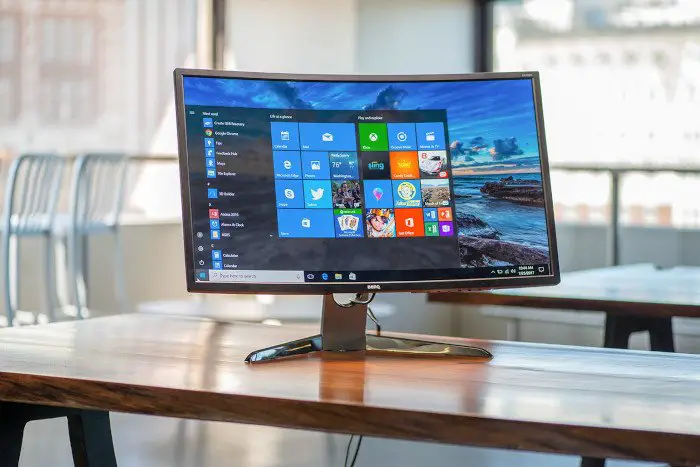
When you look at what an Input component is, it should then be very easy to determine what is an Output component. If you have yet to figure it out, it’s a hardware component that transports information to one or more people. A computer monitor, printer, projector, and speakers are examples of Output hardware.
As you might already know, the projector is very similar to a monitor. The main difference is that it projects data onto a hard surface, while a monitor shows the information on a screen.
Additionally, television can also be used as a monitor if it has the right connection. Today, every television with an HDMI connector can act as a monitor.
Read: Difference between Analog, Digital and Hybrid computers
3] Processing or System Unit
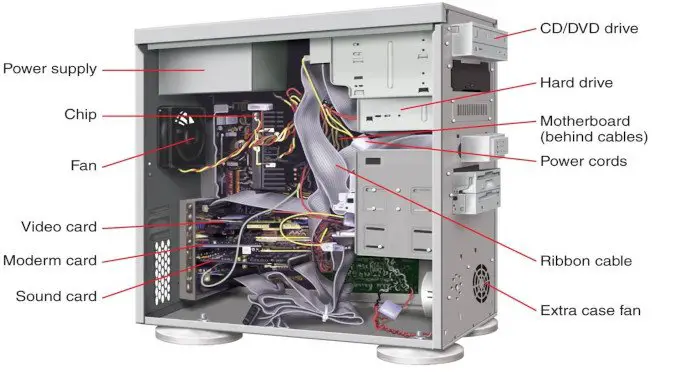
If you’re using a desktop computer, the System Unit is the case that contains all the electronic hardware used to process data. The primary tool inside the System Unit is the processor, the brain of your computer. It also contains the memory unit, which is also known as the RAM (Random Access Memory). Furthermore, it is also the home of the motherboard, hard drive, cooling unit, and more.
In truth, the system unit is the most important aspect of a consumer-grade computer, at least, for now. Things might change in the future when cloud computing becomes the norm.
Random read: Access favorite folders and files quickly from the context menu.
4] Storage
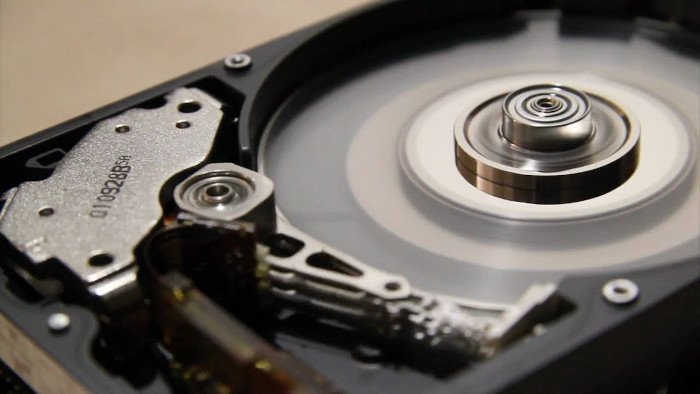
OK, so let’s talk a little about storage and what it all means. You see, Storage in a computer is all about recording and retrieving items to and from other storage media. For example, users can store data for future use in the ROM (Read Only Memory), or on a hard drive.
The hard drive is home to the operating system, and all files are saved on the machine. As for the ROM, well, it is designed to keep software that won’t be modified. Firmware is one such software that is only located on the ROM and nowhere else.
This is why whenever a computer is wiped clean, the firmware stays the same at all times. And this is a good thing for the system and the user.
Older computers have a CD drive built-in for various reasons. Most folks would use this drive bay to add DVDs to watch movies, listen to music, and more. However, a DVD or CD can also be used to store files for future use like a hard drive—not as reliable, but possible.
Read: Where to find computer hardware specs in Windows.
5] Communications
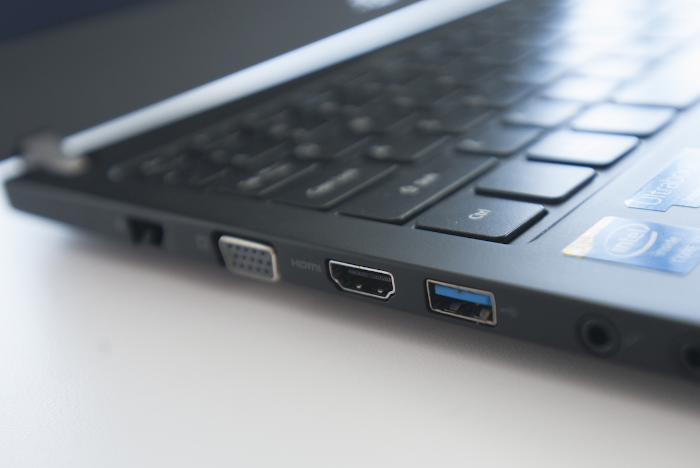
A computer in today’s world is nothing without the ability to communicate with other devices or on the internet. With this ability, folks can send and receive data from mobile devices and other computers with ease.
Read: How to tell if the Hard Drive is SSD or HDD?
They can even do so over the cloud. For example, Windows 11 can send and retrieve Office files from a OneDrive cloud storage account.
The ability to communicate relies on internal hardware components such as Bluetooth and Wi-Fi adapters, USB ports for sending data from the computer to a mobile device, and HDMI for communicating with another screen.
These tools can provide the hardware configuration information about your computer easily:
Sandra Lite | MiTeC System Information X | BGInfo | CPU-Z | HiBit System Information | Hardware Identify.
Leave a Reply